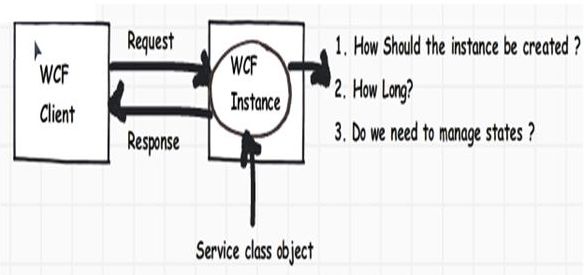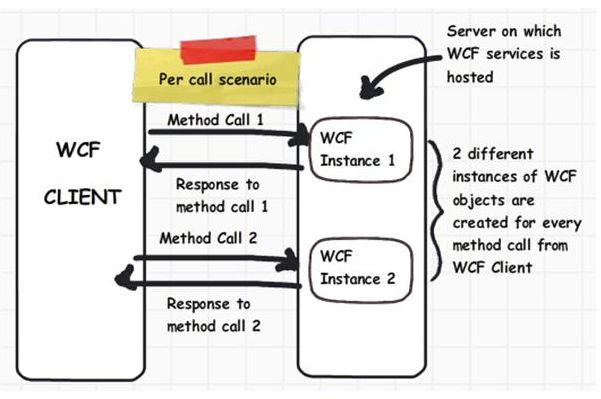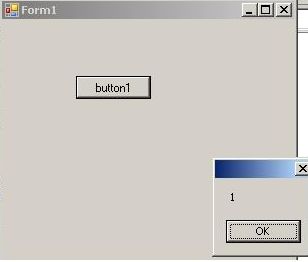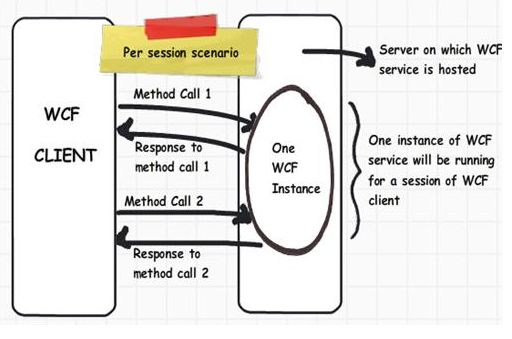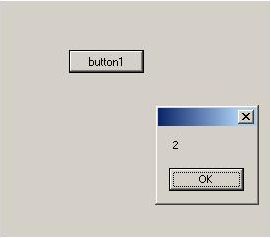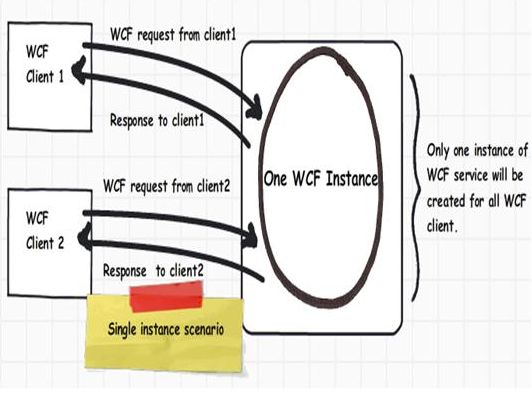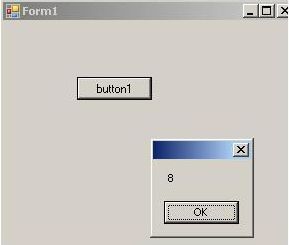Three ways to do WCF instance management
Table of contents
- Introduction
- WCF service object instancing basics
- Per call instance mode
- How to implement WCF per call instancing
- Per session instance mode
- How to implement per session instancing
- Single instance mode
- How to implement single instance mode
- When should you use per call, per session, and single mode?
- References
- Source code
Introduction
Very often we would like to control the way WCF service objects are instantiated on a WCF server. You would want to control how long the WCF instances should be residing on the server.
The WCF framework has provided three ways by which we can control WCF instance creation. In this article, we will first try to understand those three ways of WCF service instance control with simple code samples of how to achieve them. Finally, we will compare when to use them and under what situations.
WCF service object instancing basics
In normal WCF request and response communication, the following sequence of actions takes place:
- WCF client makes a request to a WCF service object.
- WCF service object is instantiated.
- WCF service instance serves the request and sends the response to the WCF client.
Following is a pictorial representation of how WCF requests and responses work.
Following are different ways by which you can create WCF instances:
- Create a new WCF service instance on every WCF client method call.
- Only one WCF service instance should be created for every WCF client session.
- Only one global WCF service instance should be created for all WCF clients.
To meet the above scenarios, WCF has provided three ways by which you can control WCF service instances:
- Per call
- Per session
- Single instance
Per call instance mode
When we configure a WCF service as per call, new service instances are created for every method call you make via a WCF proxy client. The image below shows this in a pictorial format:
- The WCF client makes the first method call (method call 1).
- A new WCF service instance is created on the server for this method call.
- The WCF service serves the request and sends the response and the WCF instance is destroyed and given to the garbage collector for clean up.
- Now let’s say the WCF client makes a second method call, a new instance is created, the request is served, and the WCF instance is destroyed.
In other words, for every WCF client method call, a WCF service instance is created, and destroyed once the request is served.
How to implement WCF per call instancing
In order to specify the instancing mode, we need to provide the InstanceContextMode value in the ServiceBehavior attribute as shown below. This attribute needs to specified on the Service class. In the below code snippet, we have specified intCounter as a class level variable and the class counter is incremented by one when the Increment method is called.
[ServiceBehavior(InstanceContextMode = InstanceContextMode.Percall)] public class Service : IService { private int intCounter; public int Increment() { intCounter++ return intCounter; } }
At the client, we consume the WCF client and we call the Increment method twice.
ServiceReference1.ServiceClient obj = new ServiceReference1.ServiceClient(); MessageBox.Show(obj.Increment().ToString()); MessageBox.Show(obj.Increment().ToString());
Even though we have called the Increment method twice, we get the value ‘1’. In other words, the WCF service instance is created for every method call made to the WCF service instance so the value will always be one.
Per session instance mode
Very often we need to maintain state between method calls or for a particular session. For those kinds of scenarios, we will need to configure the service per session. In per session, only one instance of a WCF service object is created for a session interaction. The figure below explains this in pictorial format.
- The client creates the proxy of the WCF service and makes method calls.
- A WCF service instance is created which serves the method response.
- The client makes one more method call in the same session.
- The same WCF service instance serves the method call.
- When the client finishes its activity, the WCF instance is destroyed and served to the garbage collector for clean up.
How to implement per session instancing
To configure service as per session, we need to configure the ServiceBehavior attribute with a PerSession value in the InstanceContextMode object.
[ServiceBehavior(InstanceContextMode = InstanceContextMode.PerSession)] public class Service : IService { private int intCounter; public int Increment() { intCounter++ return intCounter; } }
At the client side, when we run the below client code, you should see the value ‘2’ after the final client code is executed. We have called the method twice so the value will be seen as two.
ServiceReference1.ServiceClient obj = new ServiceReference1.ServiceClient(); MessageBox.Show(obj.Increment().ToString()); MessageBox.Show(obj.Increment().ToString());
Single instance mode
Often we would like to create one global WCF instance for all WCF clients. To create a single instance of a WCF service, we need to configure the WCF service as Single instance mode. Below is a simple pictorial notation of how the single instance mode will operate:
- WCF client 1 requests a method call on the WCF service.
- A WCF service instance is created and the request is served. The WCF service instance is not destroyed, the service instance is persisted to server other requests.
- Now let’s say some other WCF client, e.g., client 2, requests a method call.
- The same WCF instance which was created by WCF client 1 is used to serve the request for WCF client 2. In other words, only one global WCF server service instance is created to serve all client requests.
How to implement single instance mode
In order to create a single instance of a WCF service, we need to specify InstanceContextMode as Single.
[ServiceBehavior(InstanceContextMode = InstanceContextMode.Single)] public class Service : IService { }
If you call the WCF service from a different client, you will see the counter incrementing. The counter becomes a global variable.
When should you use per call, per session, and single mode?
Per call
- You want a stateless services.
- Your service holds intensive resources like connection objects and huge memory objects.
- Scalability is a prime requirement. You would like to have a scaled out architecture.
- Your WCF functions are called in a single threaded model.
Per session
- You want to maintain states between WCF calls.
- You a scaled up architecture.
- Light resource references.
Single
- You want share global data through your WCF service.
- Scalability is not a concern.
References
- MSDN link for WCF instances: http://msdn.microsoft.com/en-us/library/ms733040.aspx.
- Do not miss this post which covers end to end about WCF sessions: http://codeidol.com/csharp/wcf/Instance-Management/.
- Great blog by Rick rain on WCF instancing: http://blogs.msdn.com/b/rickrain/archive/2009/06/15/wcf-instancing-concurrency-and-throttling-part-1.aspx.
Source code
You can download the source code for this tutorial from here.
Necessary instructions
This is a very clearn and logical article posted on CodeProject By ,8 Jun 2010.As it's very easy to understand ,so I'm not plan to translate it into Chinese.In order to Show Respect to the author,I decide to give the link to the orginal article below-click here.
Other articles written by on WCF
You can refer to some of other articles written on WCF:
- WCF FAQ Part 1: http://www.codeproject.com/KB/aspnet/WCF.aspx
- WCF FAQ Part 2: http://www.codeproject.com/KB/aspnet/WCFPart2.aspx
- WCF FAQ Part 3: WCFFAQPart3.aspx
- WCF FAQ Part 4: WCFFAQPart5.aspx
- WCF Transactions: WCFTransactions.aspx
- WCF Instancing: WCFInstance.aspx
- Bindings: WCFBasicHttpBinding.aspx
- HttpBinding.aspx
-
WCF Concurrency (Single, Multiple, and Reentrant) and Throttling ---------------------------------------------------------------- 12月25日,农历11月13,DebugLZQ的生日!祝自己生日快乐!
德:Alles Gute zum Geburtstag!
法:Joyeux Anniversaire!
棒子:생일 축하합니다!
小日本:お誕生日おめでとうございます!
世界语:Happy Birthday!&
Merry Christmas to you Everyone!
Best Wishes!
